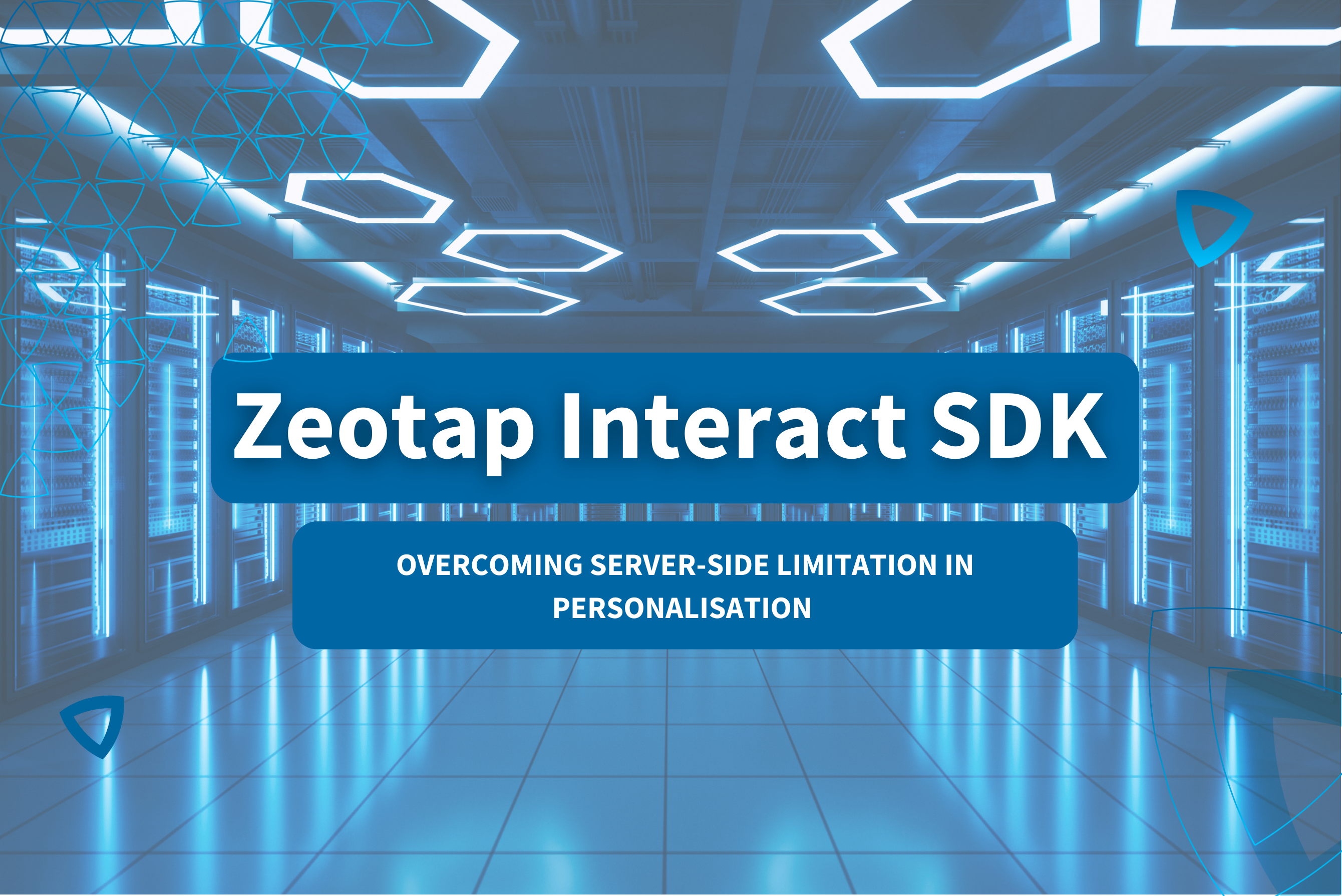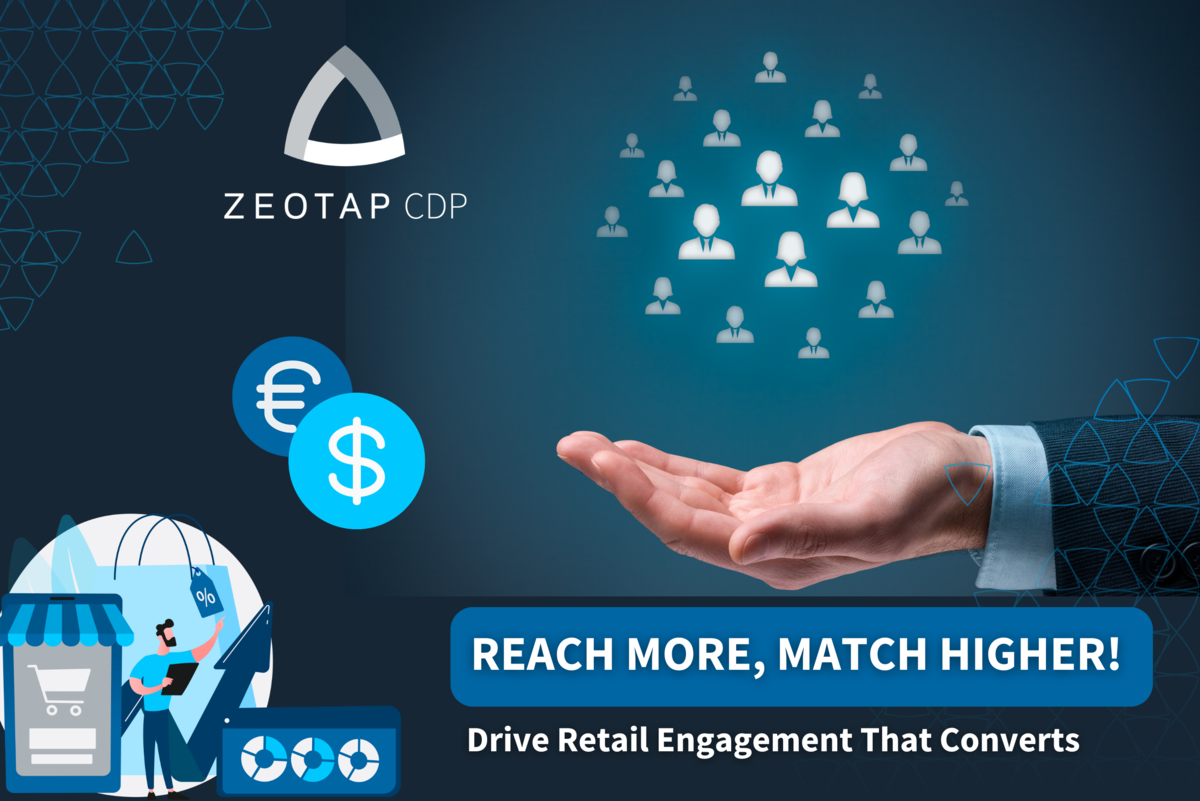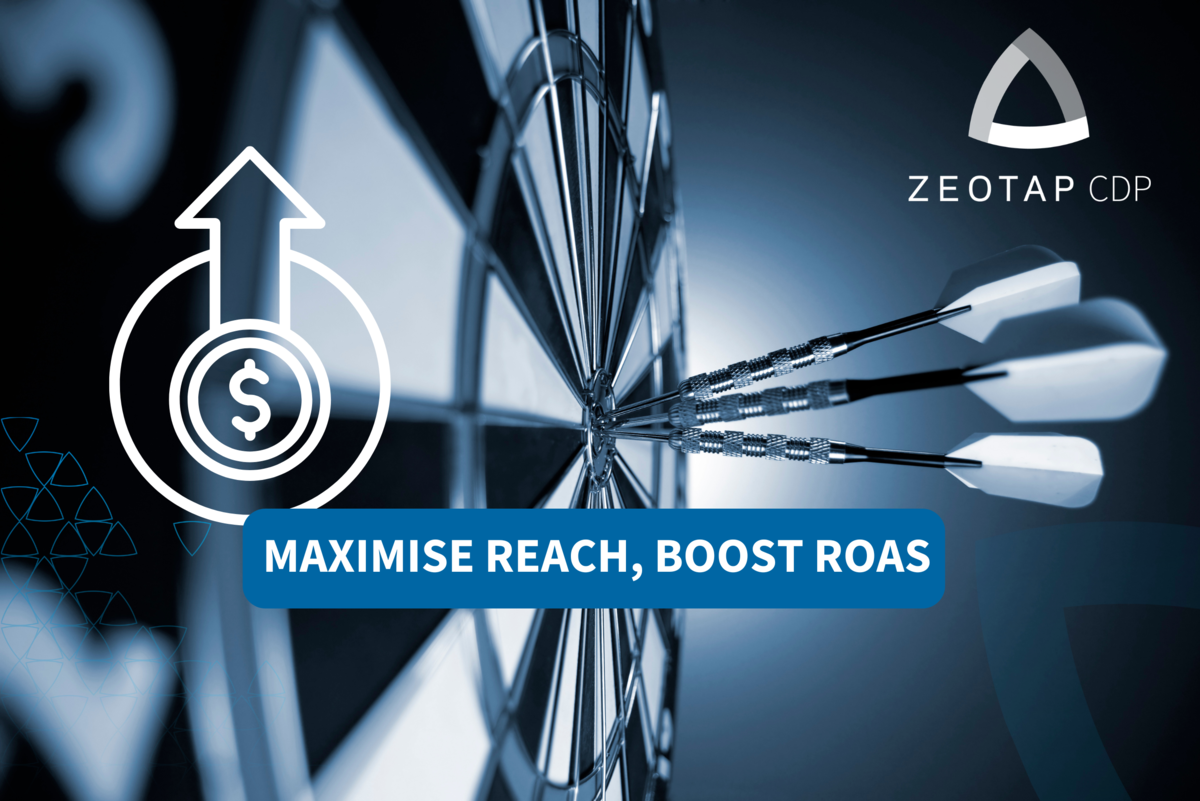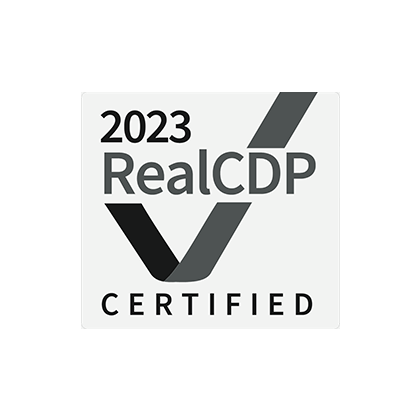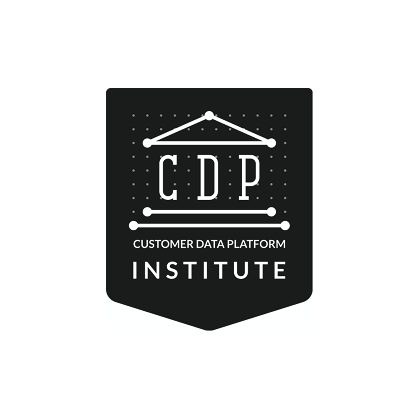Fuelled by the desire to provide better and more secure consumer experiences, the demand for CDPs is growing rapidly. Customer Data Platforms (CDPs) have significant roles to play in giving consumers improved personalised experiences, while delivering on data privacy compliance at the same time.
With data privacy compliance becoming a worldwide hot topic, and new data management regulations being frequently implemented in countries across the world, businesses have never been under more increased pressure to establish processes and systems that demonstrate the responsible safety, storage and application of consumer information.
One of the reasons why marketers are increasingly educating themselves on the complexities of working with consumer data is because it has become an intrinsic part of almost every marketing process.
Research shows that consumers increasingly expect businesses to safeguard their data privacy, while also using it to personalise and customise their client experiences. For many marketers, this can end up in a paradox – how do you use data to its fullest extent without falling into the complex traps of privacy?
Enter: the Customer Data Platform (CDP). A Customer Data Platform pulls in consumer data from various systems and databases, then organises, standardises, and normalises it into single, unified profiles.
And it is these unified profiles, or “golden records”, that are the key to marketers being able to personalise their customer experiences, whilst protecting their customers’ information
A Quick Recap: What Does A CDP Do?
The CDP Institute’s most basic definition of a Customer Data Platform is “a packaged software that creates a persistent, consolidated customer database that may be accessed by other systems.” CDPs create these consolidated customer databases by aggregating different types of consumer data, like first, second or third-party data collected from a number of sources, like CRMs, DMPs, data lakes or warehouses, mobile apps, websites and/or POS systems.
CDPs then structure the aggregated data into customer profiles that can be securely accessed by other pieces of software. Users can then use customer profiles to develop audience segments (often based on machine learning), and activate them across various channels, including SMS marketing, paid media, customer support applications, and even website personalisation.
5 Ways A CDP Can Help With Data Compliance
1. Supports With The Right Of Disclosure
The California Consumer Protection Act (CCPA) and the European Union’s General Data Protection Regulation (GDPR) are just two data privacy laws that require businesses to be able to provide a comprehensive collection of all data they have on a user upon verifiable request.
A CDP can be invaluable in this scenario, assuming the sourcing system (website, point of sales system, call centre, etc.) is transmitting user information to the CDP in the first place. It’s much easier to export data from a single platform (or system) than it is to combine extracts from several sources.
So, when it comes to staying compliant with data privacy laws, ensure the CDP you choose is able to extract data into numerous formats. The CDP should be capable of both extracting the data completely (all data ever recorded), or over a certain period of time (all data ever recorded) in order to comply with the right of disclosure.
2. Supports With The Right of Deletion
Under various data privacy rules, consumers are entitled to delete all of their information (though this is not applicable to specific types of data needed to keep a record of particular sales, like weapons, for example).
Because of this, the CDP should have the ability to flag specific fields as persistent. Verification should result in the removal of all other data from the CDP database, with the exception of the persistent data. To establish proof if a court asks that you completed the request, it’s recommended to keep an audit trail of a deletion transaction.
3. Enforce Cross-channel Preferences
Cross-channel consent (and marketing preferences) are complex. Consumers can consent to different things, across different channels and on different devices, but all of these preferences need to be unified, mastered, and stored. And this is only the start of the challenge, because those preferences also need to be accurately reflected across different types of marketing activities on different channels.
For a marketer, this is a growing nightmare in the wake of tighter data privacy laws. For a Data Protection Officer (DPO), it’s even worse. But there is a solution: a CDP.
When it comes to proving consent for marketing and managing client preferences, a Customer Data Platform will store all opt-ins and opt-outs, contact points and channel preferences, as well as timestamping every portion of the client’s data life cycle.
A single customer view is generated which records each change to the data, interaction, and purchase, allowing users to freely share or use that data.
With a CDP, and especially with Zeotap’s Customer Data Platform, you can cut through the confusion to standardise, manage, and address cross-channel preferences so that the result is a single record of consent as part of a unified customer profile. That makes delivering the right content to the right channels a whole load easier.
4. Completely Control First Party Data
Some marketers engage third-party data sources (such as Zeotap Fuel) in order to achieve third-party identity resolution. With their best knowledge, these third-party data companies connect customer lists with third-party data and then extend it by returning a unifying customer ID to the brand.
However, CDPs have their own qualities that allow them to accomplish the same task using only first-party data, avoiding privacy concerns. CDPs accomplish this by aggregating all of a businesses first-party data from its owned channels, such as email, brand apps and websites, to resolve customer identities via personally identifiable information (PII), and create customer profiles that may be used to track customer journeys within a businesses internal systems.
5. Break Down Data Silos
When businesses mishandle personal data, they risk significant legal ramifications and the potential loss of consumer faith. But businesses frequently have difficulties in maintaining complete data compliance and governance around their data because it becomes dispersed across numerous sources and applications.
Data silos make it more difficult to know where your customer data is and to access that data in a timely manner to comply with client demands. When a consumer asks to delete or disclose their information, the importance of privacy and data governance – and the easy access to it – is never more emphasised.
CDPs can help to destroy data silos. The unified view of a customer a CDP creates can be used like a map to help firms identify data flowing into the CDP from both upstream systems (like a CRM or order management platform), and downstream systems (such as email or SMS providers).
The CDP leaves the source and upstream systems untouched, and won’t erase anything – it leaves the responsibility for this with the business. However, it does allow a business to more quickly identify and access the source systems where customer data must be erased, instead of needing to resolve disparate fragments of data stored in different applications or systems, which can take time, and could lead to serious consequences.
Conclusion
A CDP, in addition to assisting marketers in delivering more personalised consumer experiences, gives organisations greater control over how all of their consumer data is accessed and managed.
Without a unified customer profile, a business would be forced to develop their own data processors to address data privacy regulations or even outsource all data compliance requests to a third party.
These options are far more time intensive and costly than what a CDP can provide. As security standards grow more stringent, customer expectations toward the protection and use of their personal data continue to rise. Having a CDP as a central hub for data compliance becomes critical to all business operations.
These methods are far more time consuming and costly than a CDP. As data security standards rise, customers’ expectations for data protection and usage continue to grow, so having a CDP as a central source of data will be critical to adhering to ever changing data privacy regulations.
